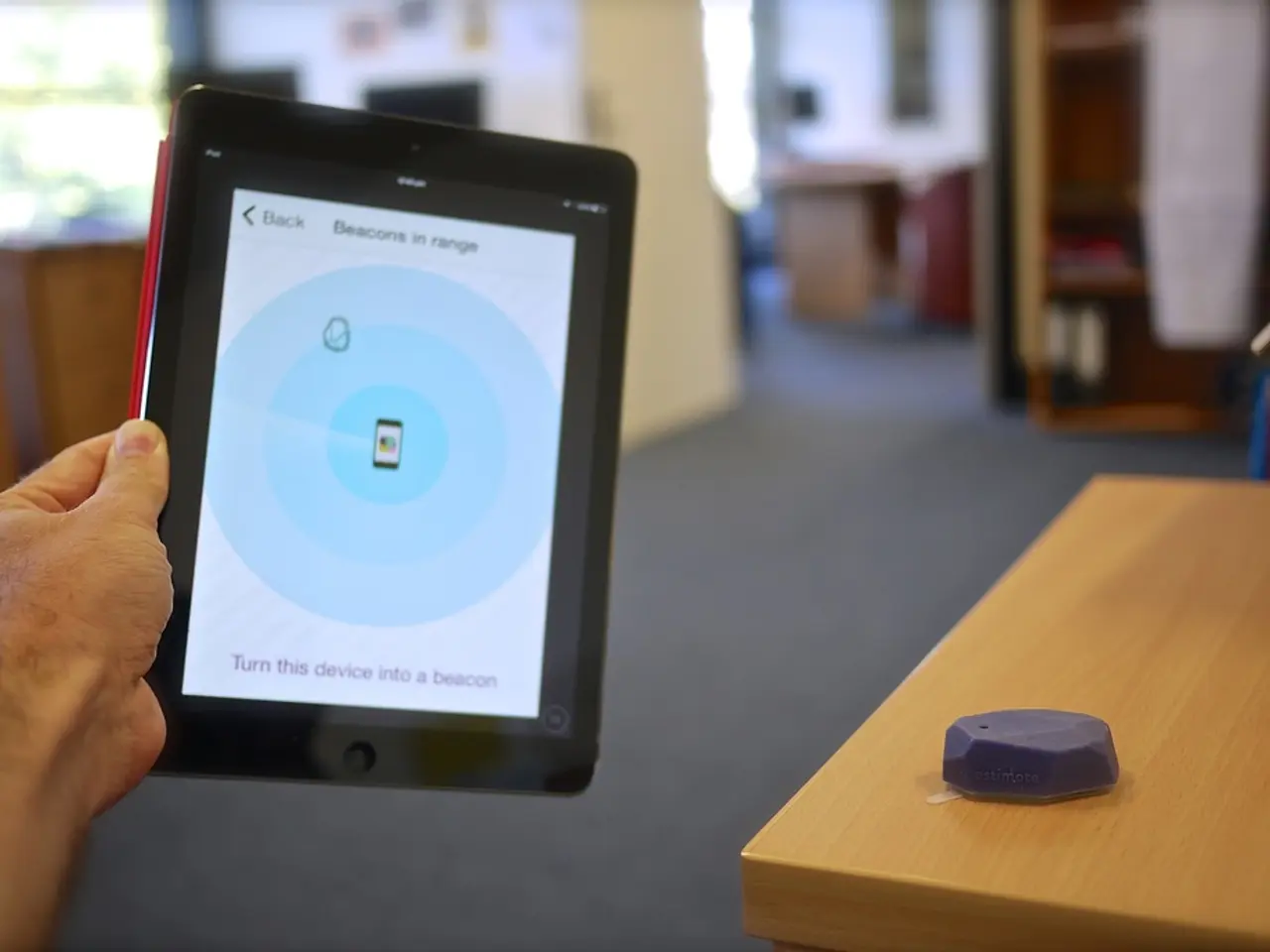Advancements in Augmented Reality (AR) and Virtual Reality (VR) Technology: What Lies Ahead?
The world of Augmented Reality (AR) and Virtual Reality (VR) is on the brink of a significant transformation, with a host of innovative technologies set to reshape how we interact with the digital world.
In the near future, AR/VR headsets are anticipated to boast 8K resolution displays, aiming to enhance image clarity and reduce eye strain. This leap in visual quality is expected to make extended use of these devices more comfortable, immersing users in a more realistic and engaging virtual environment.
Another exciting development is the integration of MicroLED technology in upcoming AR/VR headsets. This advancement is aimed at improving visual quality further, making digital experiences even more lifelike.
Brain-Computer Interfaces (BCIs) are also on the horizon, promising to enable users to control virtual environments using brain signals. This groundbreaking technology could enhance accessibility and open up a world of new possibilities for gaming, communication, and medical applications.
The evolution of AR/VR technology is not limited to these developments. AR Cloud technology is being used to create persistent, shared, and real-time augmented reality experiences by digitally mapping the real world. This technology will allow users to interact with digital objects in a way that feels seamless and integrated with their environment.
Spatial computing, combined with AR Cloud, is expected to revolutionize industries like navigation, remote assistance, and collaborative workspaces. This technology will enable users to interact with digital objects in a three-dimensional space, making tasks more intuitive and efficient.
The next wave of AR/VR innovations is also expected to be powered by AI. This integration will make digital experiences more immersive and intuitive by enabling natural language generation of 3D objects, textures, and animations. Key advances include AI-driven object recognition, human scanning, and intelligent AR-guided setup or troubleshooting applications.
The broader adoption of these technologies in enterprise and consumer wearables, such as Apple's upcoming AR headset in 2025, is a testament to their potential.
Finally, the Metaverse, a shared virtual space where users can interact with one another and digital objects, is a potential future development for AR/VR technology. This immersive digital world could redefine how we socialize, work, and play in the digital realm.
Simultaneously, ultra-realistic haptics are being developed to provide a more tangible feel in AR/VR technology. These advancements will make digital experiences even more immersive, bridging the gap between the virtual and the real world.
In conclusion, the next generation of AR/VR technology is poised to reshape our daily lives, offering a more immersive, intuitive, and interactive digital experience. From 8K resolution displays to AI-powered XR systems, the future of AR/VR technology is an exciting one, promising to redefine our relationship with the digital world.
Read also:
- Peptide YY (PYY): Exploring its Role in Appetite Suppression, Intestinal Health, and Cognitive Links
- Toddler Health: Rotavirus Signs, Origins, and Potential Complications
- Digestive issues and heart discomfort: Root causes and associated health conditions
- House Infernos: Deadly Hazards Surpassing the Flames








